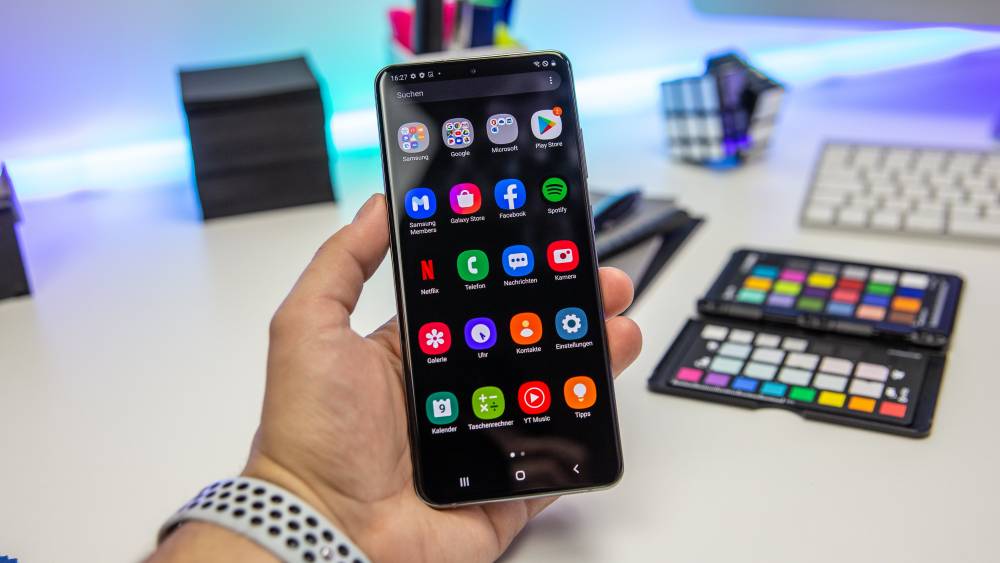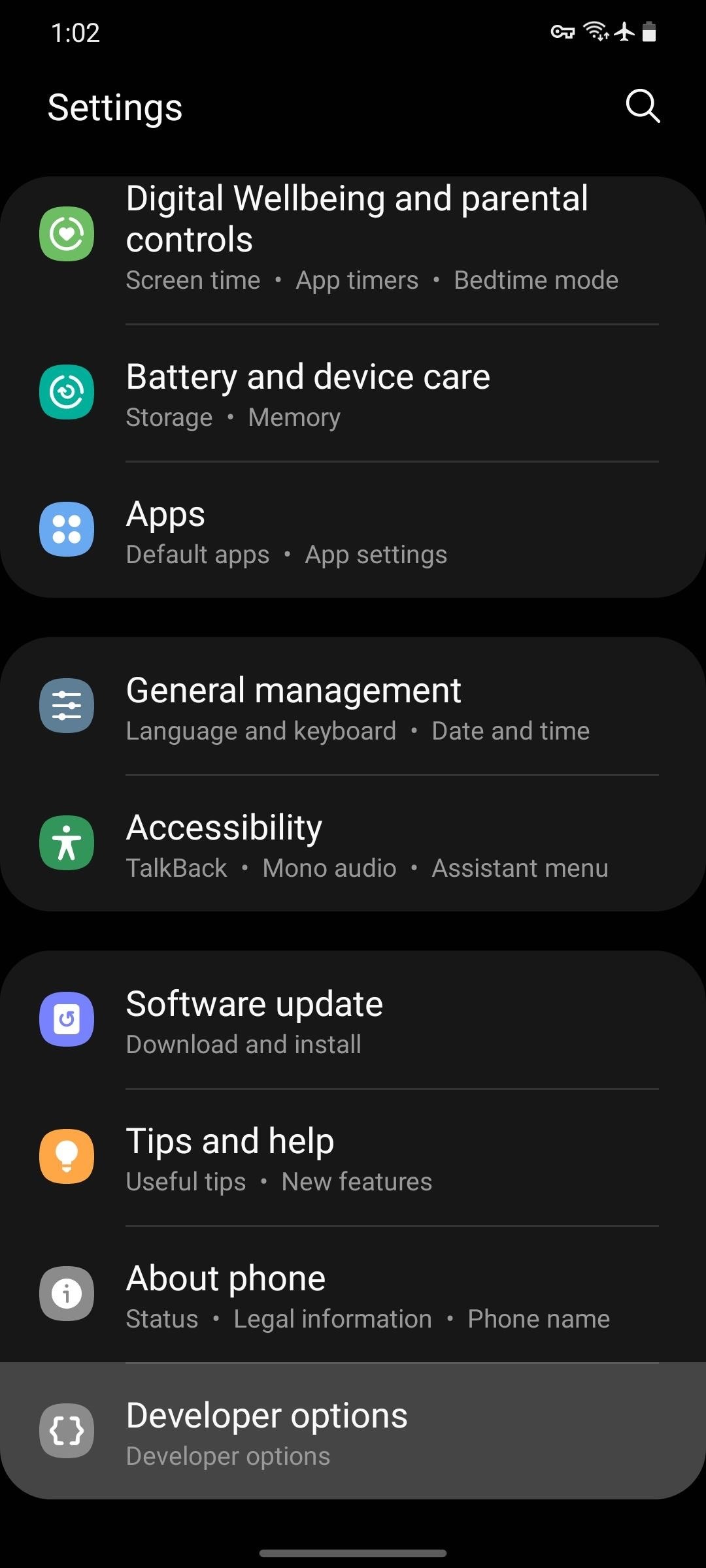
How To Remove The T-Mobile App From Any Android Phone Without Using A Computer
Remove the T-Mobile App from Any Android Phone Without Using a Computer
If you purchase an Android phone from one of the major US carriers, it will come preloaded with several additional apps in addition to those installed by the manufacturer. Naturally, this is all in the name of profit. Some of these apps are from companies that paid the carriers to distribute their software, while others are from the carriers themselves. They are typically designed to upsell you or collect some data.
To be honest, the entire situation is quite revolting. Consider the T-Mobile app. On the majority of phones that come preinstalled with it, you cannot even delete it using conventional methods. In your system settings, the "Disable" button is grayed out, and there is no option to uninstall the app. To remove it, you must use ADB, which typically requires your computer and a command prompt.
However, a new feature introduced in Android 9 and finalized in Android 11 now enables the use of ADB without requiring a PC. That means you can simply tap a few buttons and copy and paste some text from this article to completely remove the T-Mobile app!
What You Will Require
• Android 9/One UI 1.0 or a later version (some models may need Android 11)
• Connection to any Wi-Fi network
• $3 to purchase an awesome independent developer's app
Step 1: Enable Developer Options
To begin, open the Settings app from your app drawer (the "All Apps" list) and scroll all the way down. Select "About Phone" and then "Software Information" if you're using a Samsung. Following that, tap the "Build Number" entry seven times rapidly to reveal Android's hidden Developer Options menu. If you require additional assistance, we have a comprehensive guide dedicated to this section:
Step 2: Enable Wireless Debugging
Return to the main Settings menu and scroll all the way to the bottom to find the newly unlocked "Developer Options." If the Dev Options menu is not visible on the main menu, select "System," then "Advanced."
Once inside, scroll down a short distance (perhaps one page) and toggle the switch next to "Wireless Debugging." If you're not seeing this option, it's because some phone manufacturers have hidden it in their Android 9 and 10 builds. It is no longer hidden on any device running Android 11. However, if it is not present, your only option is to establish a traditional ADB connection and then proceed to Step 5.


Additionally, this is the section where you'll require access to a Wi-Fi network. You cannot enable Wireless Debugging unless you are connected to Wi-Fi. Because the network will not be used (instead, a virtual network shell will be created on your phone), it can be literally any Wi-Fi access point, even one that does not have internet.
Step 3: Install LADB
This is the part that does cost money. Rather than using the Wireless Debugging feature via a computer connected via Wi-Fi, you can use an app called LADB, or Local ADB, to create an ADB server on your phone and connect to it directly without using a PC.
If you're unable to use the Play Store's billing system or lack the funds to purchase the app, you can visit the project's GitHub page and compile the app from source, but be warned that this is a complicated process. For the rest of you, simply download the app from the Play Store using the link below!
Step 4: Connect to the Virtual Shell
Following that, you'll simply need to connect LADB's local host to the wireless ADB function on your phone. However, depending on the Android version you're using, this can be extremely simple or a little clunky. We'll begin with the more cumbersome one (newer Android versions), so skip ahead if you're running Android 10 or lower.
Android 11 and Newer
With Android 11, the new Wireless Debugging feature is fully functional. That means it has a proper security system in place, requiring users to enter credentials in order to send commands, which complicates matters in this case.
As a result, when you first launch LADB on Android 11, a popup will prompt you to enter the port number and pairing code. Due to the fact that the popup in Settings that displays the pairing code was designed to be read on your phone as you type it into a computer, the system automatically changes the pairing code when the popup closes.
As a result, you'll need to open the Settings app in split-screen mode in order to prevent the popup from closing. While LADB is requesting the numbers, switch to multitasking view and tap the app's icon at the top of its card, then select "Split Screen." Then, from the mini multitasking view that appears, select the Settings card to make it the second screen. Alternatively, if you're using a Samsung device, select "Settings" from the list.
Return to Settings –> System –> Advanced –> Developer Options or Settings –> Developer Options, then tap the "Wireless Debugging" text (not the toggle) to access the feature's submenu. Scroll down and tap "Pair device with pairing code" from there.
Now it's simply a matter of copying over the numbers. In the Settings popup, under IP address & Port, you'll see a series of numbers followed by a colon and another number. The number following the colon should be entered into the Port field in LADB. After that, enter the pairing code in the Pairing Code box and tap "Okay" in LADB.
In the LADB terminal, you'll see a message that reads "Waiting for device to accept connection." This process may take up to two minutes, so please exercise patience. When the connection is complete, the Android System should notify you that "Wireless debugging has been established."
Android versions 9 and 10
If you're using Android 9 or 10, this section is significantly simpler. Simply open the app and select "Allow" next to "Always allow" when prompted to "Allow USB Debugging." The command line will then be displayed, ready to accept a command!


Step 5: Uninstall the T-Mobile application
Now you're prepared to delete some files. Long-press the text in the code box below, then select "Select All" from the context menu.
pm uninstall user --0 com.tmobile.pr.mytmobile
Return to LADB and paste the above command into the bottom-of-the-screen input field, then press enter on your keyboard. You'll see a "Success!" message and the T-Mobile app will vanish from your system immediately.
With two exceptions, this method is permanent. To begin, you can reinstall the app by entering the following command in the code box.
pm install-existing com.tmobile.pr.mytmobile
Two, if your phone is ever factory reset, it will be restored. Apart from that, enjoy your less-bloated phone!

